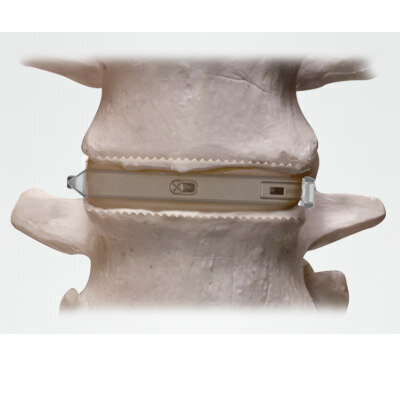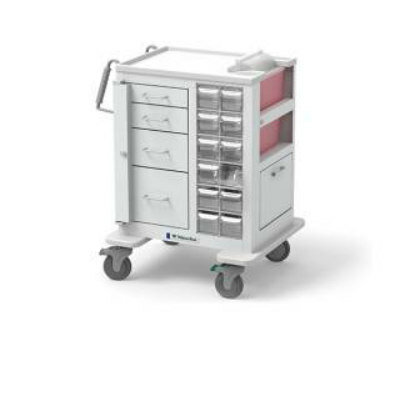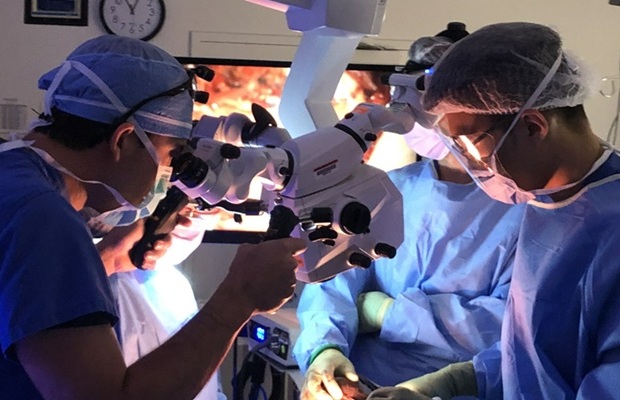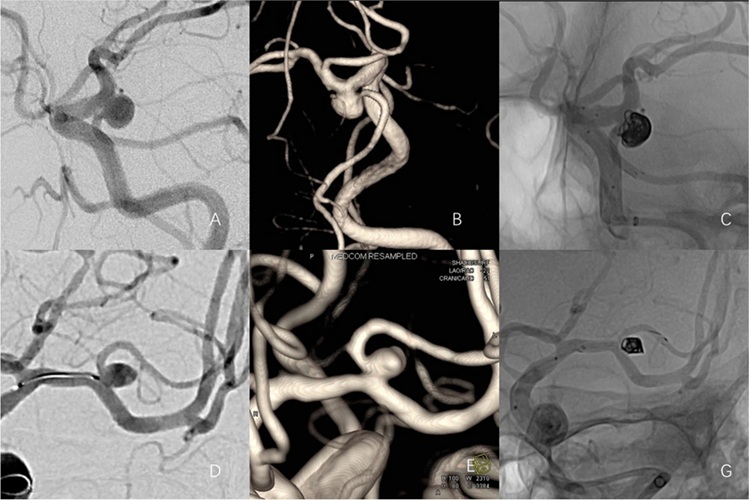New Biodegradable Health Sensors Could Revolutionize Health Monitoring Technology
|
By HospiMedica International staff writers Posted on 06 Mar 2023 |
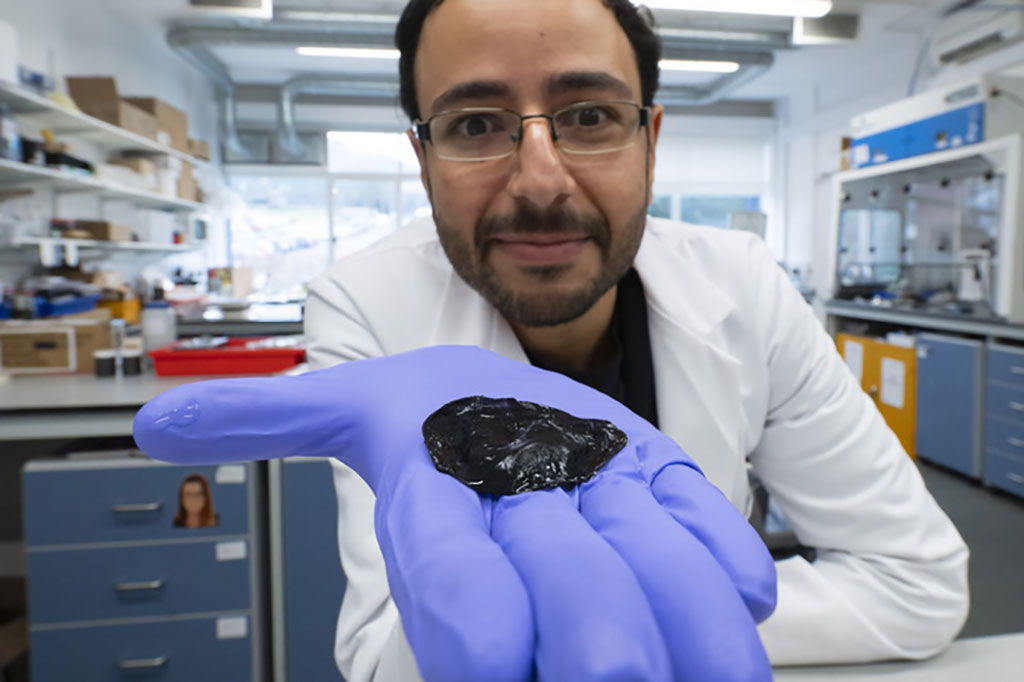
The gathering of accurate patient information is the backbone of modern healthcare. Through continuous data collection and analysis, healthcare providers can develop a comprehensive understanding of their patients and consequently make better decisions. Wearable technology in healthcare refers to electronic devices that consumers can wear and use to track their personal health and fitness data. Now, the development of new biodegradable health sensors has the potential to revolutionize the way we experience personal healthcare and fitness monitoring technology.
Scientists at the University of Sussex (Brighton, UK) have developed new health sensors that can monitor heart rate and temperature by using natural elements like rock salt, water, seaweed, and graphene. The sensors are fully biodegradable due to their composition of solely natural ingredients, making them a more environmentally friendly alternative to commonly used rubber and plastic-based sensors. Their natural composition also places them in the emerging field of edible electronics- electronic devices safe for consumption. Importantly, the researchers have discovered that their eco-friendly seaweed-based sensors exhibit superior sensitivity compared to existing synthetic hydrogels and nanomaterials, commonly used in wearables for health monitoring. This improved sensitivity can provide higher accuracy in monitoring vital signs.
Seaweed is an effective insulator. However, by mixing a critical amount of graphene with seaweed, scientists managed to develop an electrically conductive film. Upon soaking the film in a salt bath, it quickly absorbs water, leading to the formation of a soft, spongy, and electrically conductive hydrogel. This breakthrough has the potential to revolutionize health monitoring technology, where future applications of clinical-grade wearable sensors can resemble second skin or temporary tattoos - they are lightweight, easy to apply, and safe since they are made with natural ingredients. As a result, this innovation could significantly improve the overall patient experience, circumventing the need for more commonly used invasive hospital instruments, wires, and leads.
“For me, one of the most exciting aspects to this development is that we have a sensor that is both fully biodegradable and highly effective,” said lead scientist Dr. Conor Boland, a physicist at the University of Sussex. “The mass production of unsustainable rubber and plastic based health technology could, ironically, pose a risk to human health through microplastics leeching into water sources as they degrade.”
Related Links:
University of Sussex
Latest Critical Care News
- New Prostate Screening Device Could Replace Traditional Examination Method
- Adaptive Spine Board to Revolutionize ER Transport
- Mapping Communication Between Internal Organs to Enable Earlier Illness Diagnosis
- Intelligent Wound Dressing Reduces Inflammation and Promotes Healing
- Cuff-Free Blood Pressure Monitoring Device to Improve Early Detection and Management of Hypertension
- New Understanding of Barrett’s Esophagus Formation to Enable Earlier Intervention and Diagnosis
- 3D Printed Functional Human Islets Could Transform Type 1 Diabetes Treatment
- AI Model Predicts ICU mortality in Heart Failure Patients
- Smart Capsule Offers Real-Time Profiling Across GI Tract
- Ultra-Thin Implant Helps Patients with Spinal Cord Injury Recover Lost Functions
- Portable Cell Therapy Device to Enable Rapid On-Demand Modification of RBCs at POC
- Monitoring Airborne Fungal Spores Could Help Predict COVID-19 & Flu Surges
- New System Measures Blood Sodium Without Needles
- Sleep Data from Wearable Device May Help Predict Preterm Birth
- AI Tool Interprets Echocardiograms in Minutes
- Electrochemical Catheter Hub Prevents Bloodstream Infections
Channels
Surgical Techniques
view channel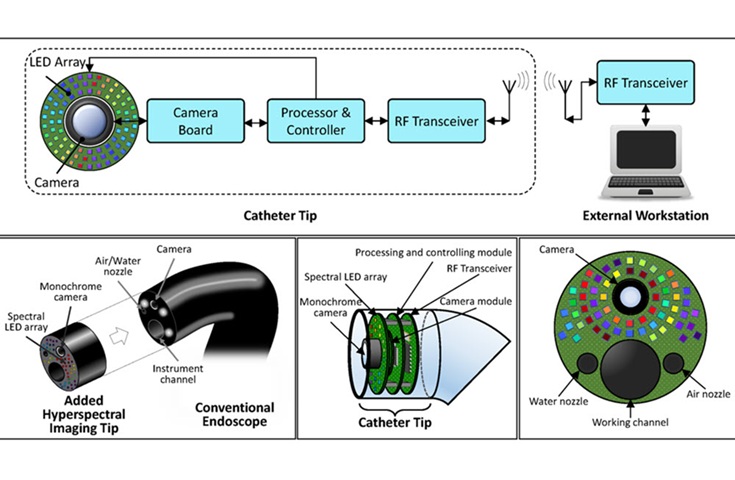
LED-Based Imaging System Could Transform Cancer Detection in Endoscopy
Gastrointestinal cancers remain one of the most common and challenging forms of cancer to diagnose accurately. Despite the widespread use of endoscopy for screening and diagnosis, the procedure still misses... Read more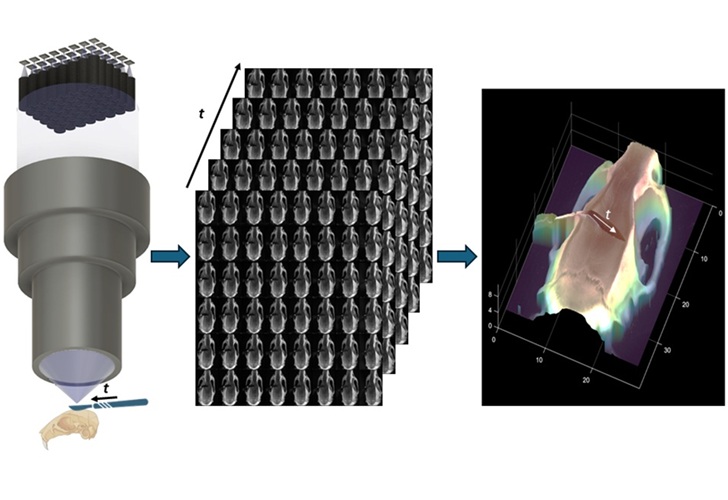
New Surgical Microscope Offers Precise 3D Imaging Using 48 Tiny Cameras
Surgeons have long relied on stereoscopic microscopes to gain depth perception during delicate procedures, but this method has limitations. While these microscopes provide a sense of three-dimensionality,... Read morePatient Care
view channel
Revolutionary Automatic IV-Line Flushing Device to Enhance Infusion Care
More than 80% of in-hospital patients receive intravenous (IV) therapy. Every dose of IV medicine delivered in a small volume (<250 mL) infusion bag should be followed by subsequent flushing to ensure... Read more
VR Training Tool Combats Contamination of Portable Medical Equipment
Healthcare-associated infections (HAIs) impact one in every 31 patients, cause nearly 100,000 deaths each year, and cost USD 28.4 billion in direct medical expenses. Notably, up to 75% of these infections... Read more
Portable Biosensor Platform to Reduce Hospital-Acquired Infections
Approximately 4 million patients in the European Union acquire healthcare-associated infections (HAIs) or nosocomial infections each year, with around 37,000 deaths directly resulting from these infections,... Read moreFirst-Of-Its-Kind Portable Germicidal Light Technology Disinfects High-Touch Clinical Surfaces in Seconds
Reducing healthcare-acquired infections (HAIs) remains a pressing issue within global healthcare systems. In the United States alone, 1.7 million patients contract HAIs annually, leading to approximately... Read moreHealth IT
view channel
Printable Molecule-Selective Nanoparticles Enable Mass Production of Wearable Biosensors
The future of medicine is likely to focus on the personalization of healthcare—understanding exactly what an individual requires and delivering the appropriate combination of nutrients, metabolites, and... Read more
Smartwatches Could Detect Congestive Heart Failure
Diagnosing congestive heart failure (CHF) typically requires expensive and time-consuming imaging techniques like echocardiography, also known as cardiac ultrasound. Previously, detecting CHF by analyzing... Read moreBusiness
view channel
Bayer and Broad Institute Extend Research Collaboration to Develop New Cardiovascular Therapies
A research collaboration will focus on the joint discovery of novel therapeutic approaches based on findings in human genomics research related to cardiovascular diseases. Bayer (Berlin, Germany) and... Read more








